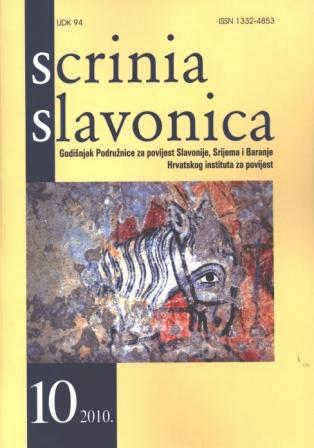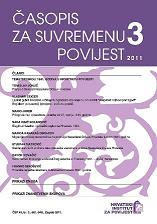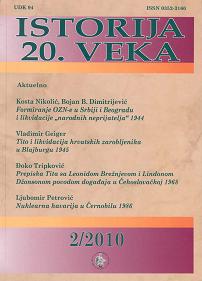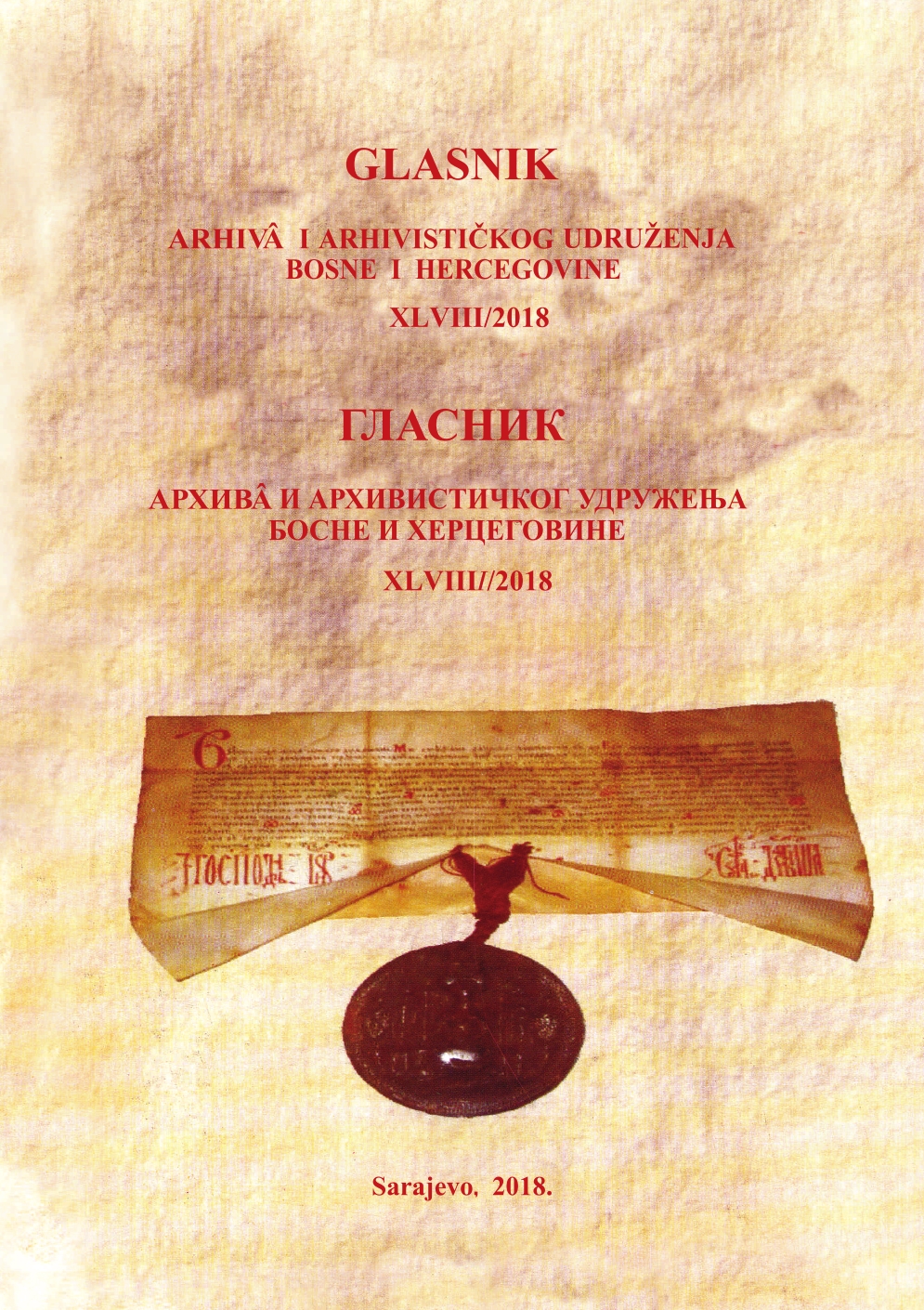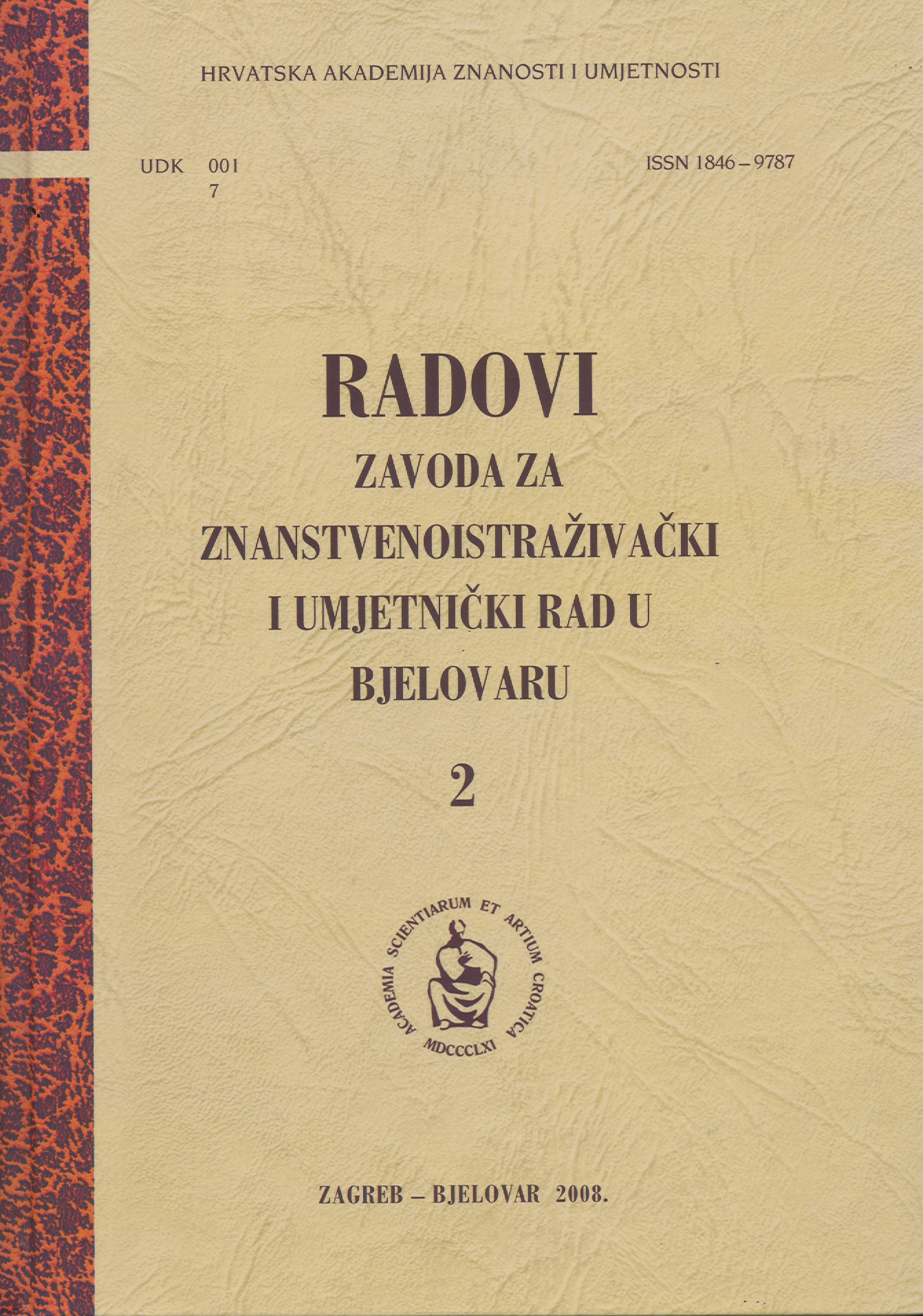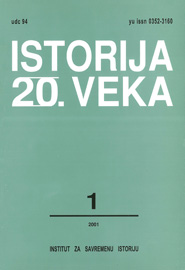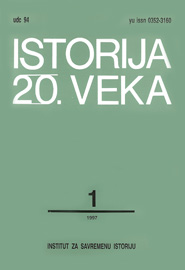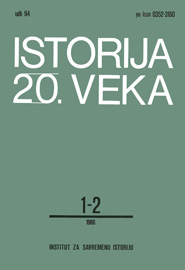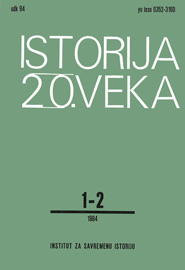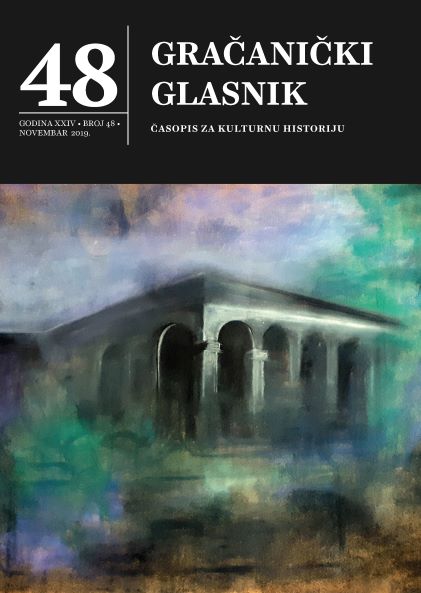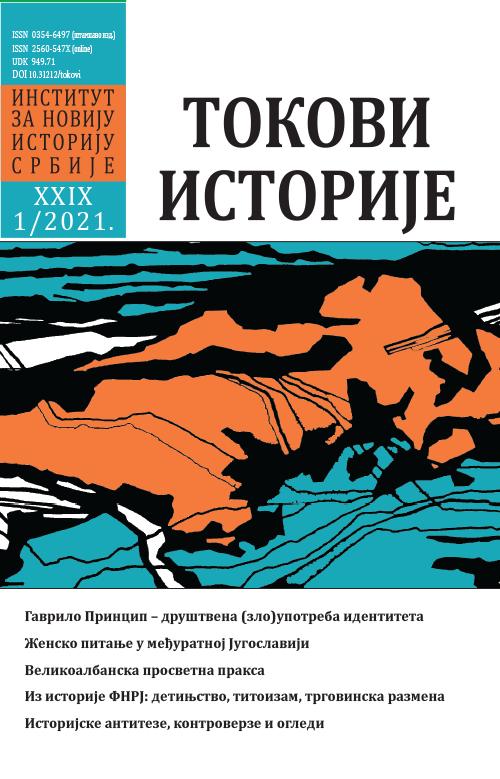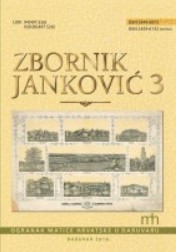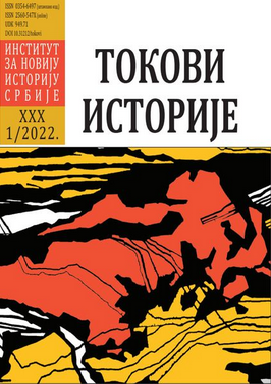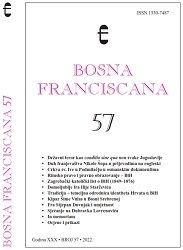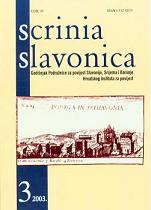
The beginnings of the Jasenovac concentration camp
Počeci logora Jasenovac
Keywords: World War II; NDH; Independent State of Croatia); the Jasenovac camp; deportations; victims
The early stages of the Jasenovac concentration camp from its very beginnings to the end of 1941 are described by present author. After the Rome Agreement, the Independent State of Croatia (ISC/NDH) was forced to abandon the first camps already founded within the Italian occupation zone. The establishment of the Jasenovac camp(s) was ordered by Eugen-Dido Kvaternik, most probably, in July 1941. Jasenovac is a small village situated in the Lonja valley, which Ustasha authorities wanted to drain and to begin the reclamation of the land. In that year the Government of ISC/NDH established Camp I – Krapje (August 19th) and Camp II – Brocice (September 10th). Because of bad weather and ground conditions the construction of Camp III – “Ciglana” (the “Brickyard”) was started later, in mid-October 1941. After the closure of the Camps I and II the surviving inmates were transferred to the new “Brickyard” camp in mid-November 1941. Its organization however wasn`t completed until the end of 1941. New groups of detainees, sent by the Ustasha authorities, began to join those in the “Brickyard”. They were mostly Jews and Serbs, but the first groups of Croats also began to arrive. At first camp inmates were employed in the Lonja valley; where they built embankments. Later, in the “Brickyard” they were divided into several work groups. For example: the Construction Work Group, the Chain Factory Work Group, the Brickyard Work Group, the Farm Work Group, the Sawmill and the Electrical Work Groups etc. These work groups were divided to other subgroups. Camp inmates lived under very bad and inhuman conditions. Because of lack of food, poor hygienic conditions, disease and physical cruelty, detainees died in large numbers. Also, camp inmates were killed individually or in mass liquidations. The first mass-liquidation occured in early November 1941, the second took place in mid-November. On Christmas 1941 a third mass-liquidation was carried out. Based on available documents and plans, the author describes Camp III – the “Brickyard”. In addition, some details about the early Camp Command and military forces securing the camp area are also given.
More...
